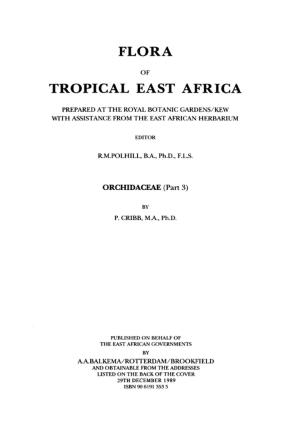Timber Bridges
Nonfiction, Science & Nature, Technology, Construction & Construction Trades, Engineering, Civil| Author: | Christopher J. Mettem | ISBN: | 9781135720636 |
| Publisher: | CRC Press | Publication: | April 15, 2013 |
| Imprint: | Routledge | Language: | English |
| Author: | Christopher J. Mettem |
| ISBN: | 9781135720636 |
| Publisher: | CRC Press |
| Publication: | April 15, 2013 |
| Imprint: | Routledge |
| Language: | English |
Bridges built in timber are enjoying a significant revival, both for pedestrian and light traffic and increasingly for heavier loadings and longer spans. Timber's high strength-to-weight ratio, combined with the ease and speed of construction inherent in the off-site prefabrication methods used, make a timber bridge a suitable option in many different scenarios.
This handbook gives technical guidance on forms, materials, structural design and construction techniques suitable for both small and large timber bridges. Eurocode 5 Part Two (BS EN 1995-2) for the first time provides an international standard for the construction of timber bridges, removing a potential obstacle for engineers where timber construction for bridges has not – in recent centuries at least – been usual.
Clearly illustrated throughout, this guide explains how to make use of this oldest construction material in a modern context to create sustainable, aesthetically pleasing, practical and durable bridges. Worldwide examples include Tourand Creek Bridge, Canada; Toijala, Finland; Punt la Resgia, Switzerland; Pont de Crest, France; Almorere Pylon Bridge, the Netherlands.
Bridges built in timber are enjoying a significant revival, both for pedestrian and light traffic and increasingly for heavier loadings and longer spans. Timber's high strength-to-weight ratio, combined with the ease and speed of construction inherent in the off-site prefabrication methods used, make a timber bridge a suitable option in many different scenarios.
This handbook gives technical guidance on forms, materials, structural design and construction techniques suitable for both small and large timber bridges. Eurocode 5 Part Two (BS EN 1995-2) for the first time provides an international standard for the construction of timber bridges, removing a potential obstacle for engineers where timber construction for bridges has not – in recent centuries at least – been usual.
Clearly illustrated throughout, this guide explains how to make use of this oldest construction material in a modern context to create sustainable, aesthetically pleasing, practical and durable bridges. Worldwide examples include Tourand Creek Bridge, Canada; Toijala, Finland; Punt la Resgia, Switzerland; Pont de Crest, France; Almorere Pylon Bridge, the Netherlands.















